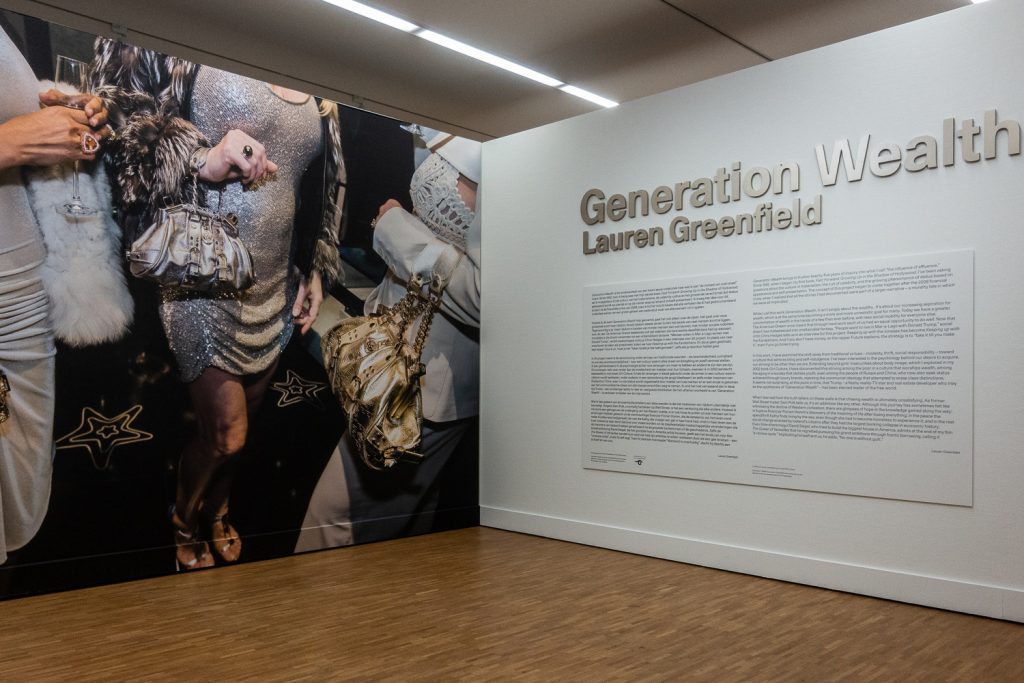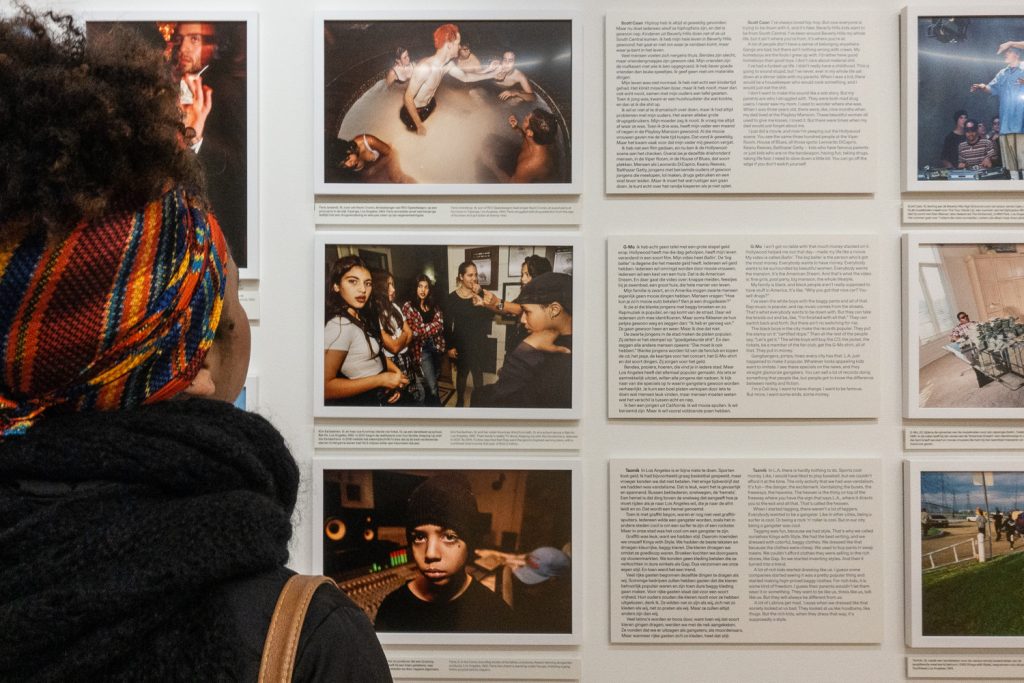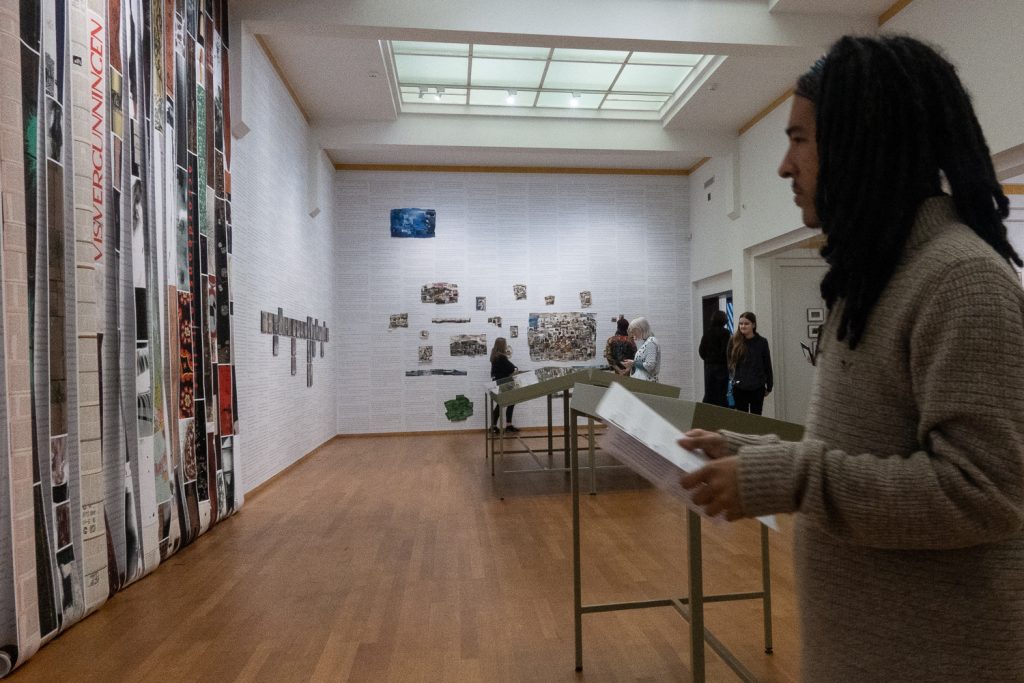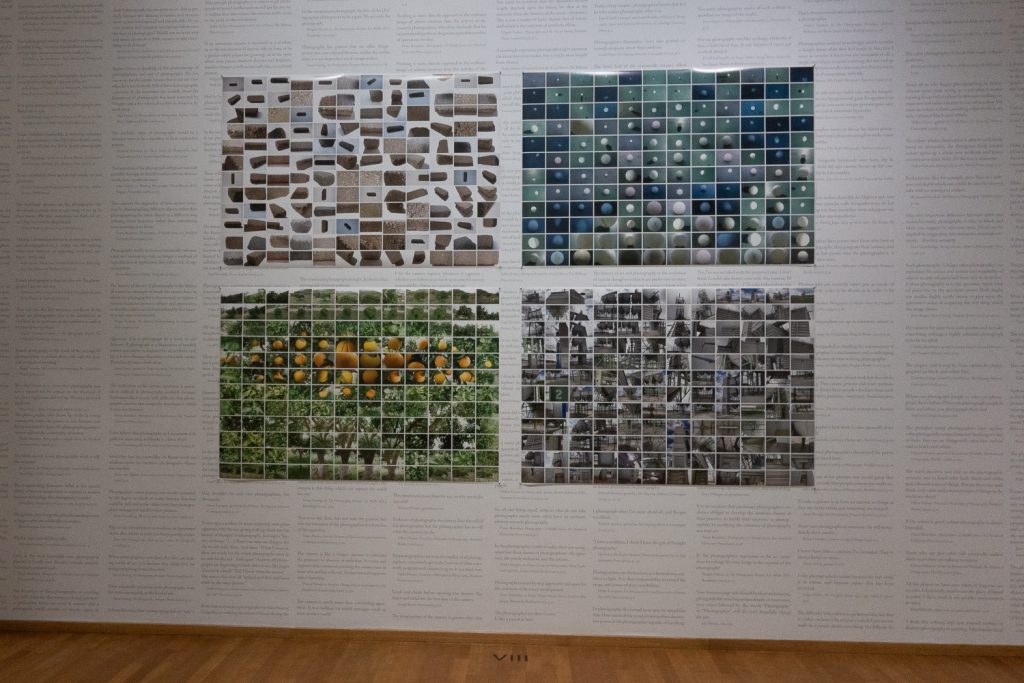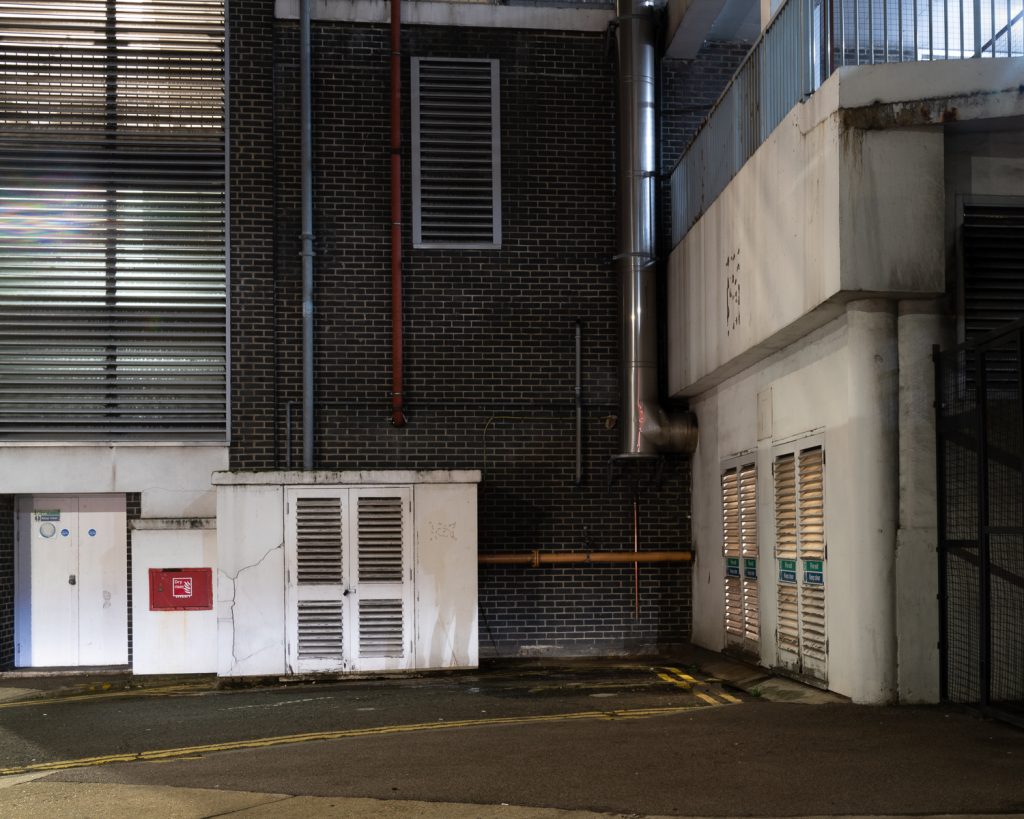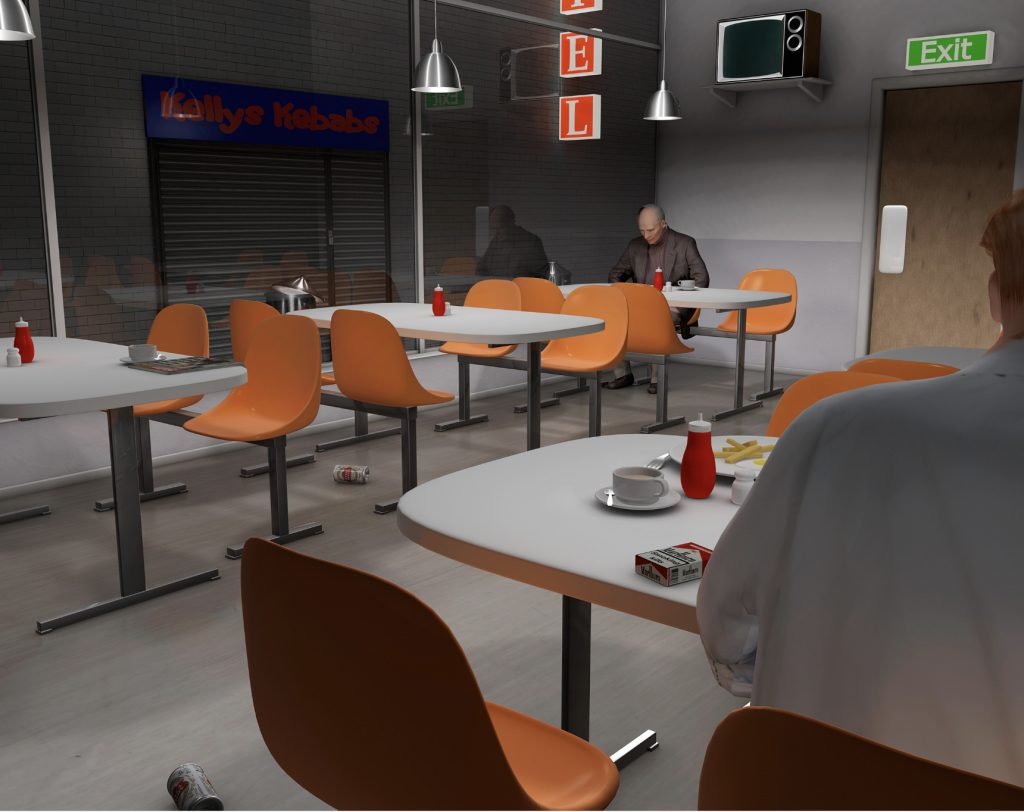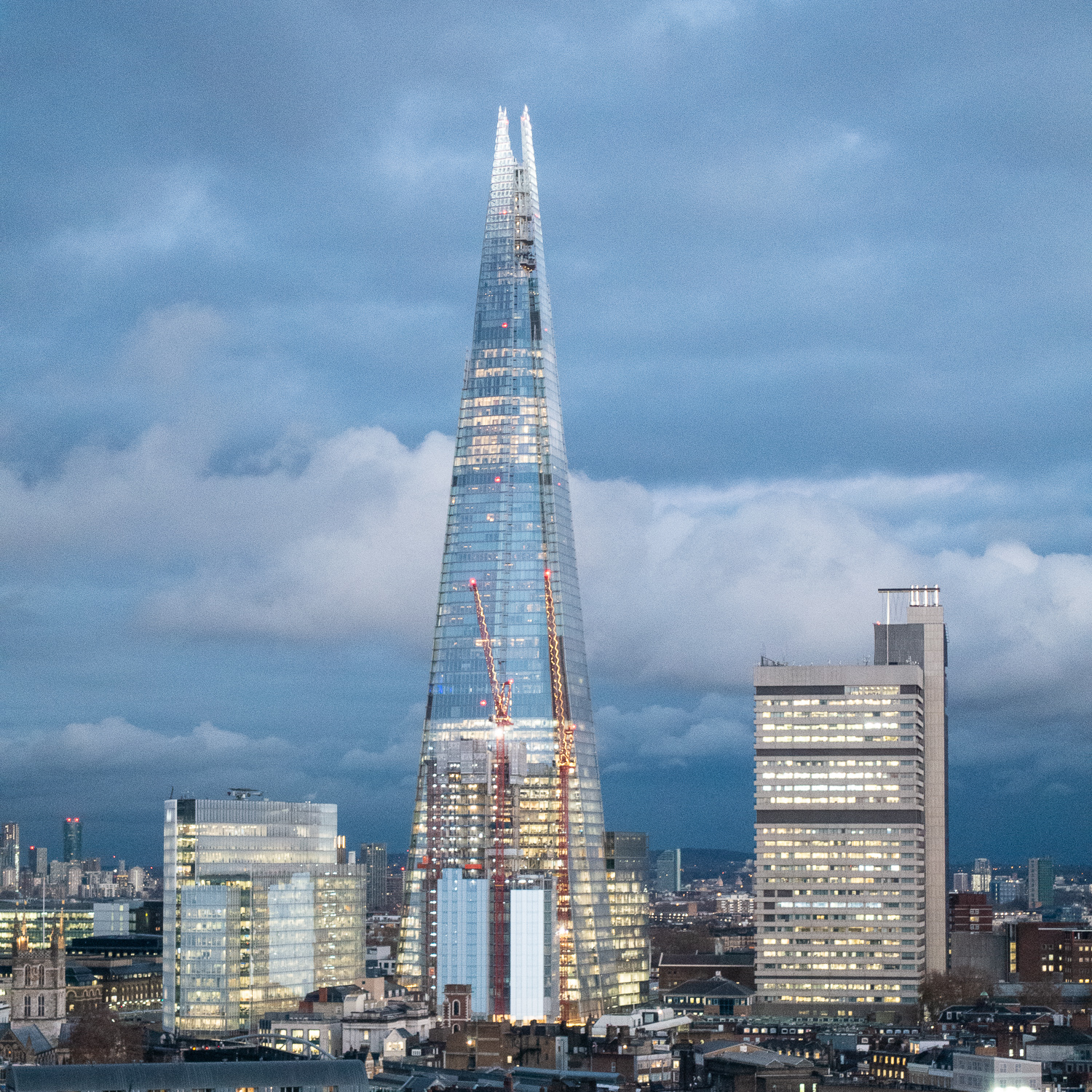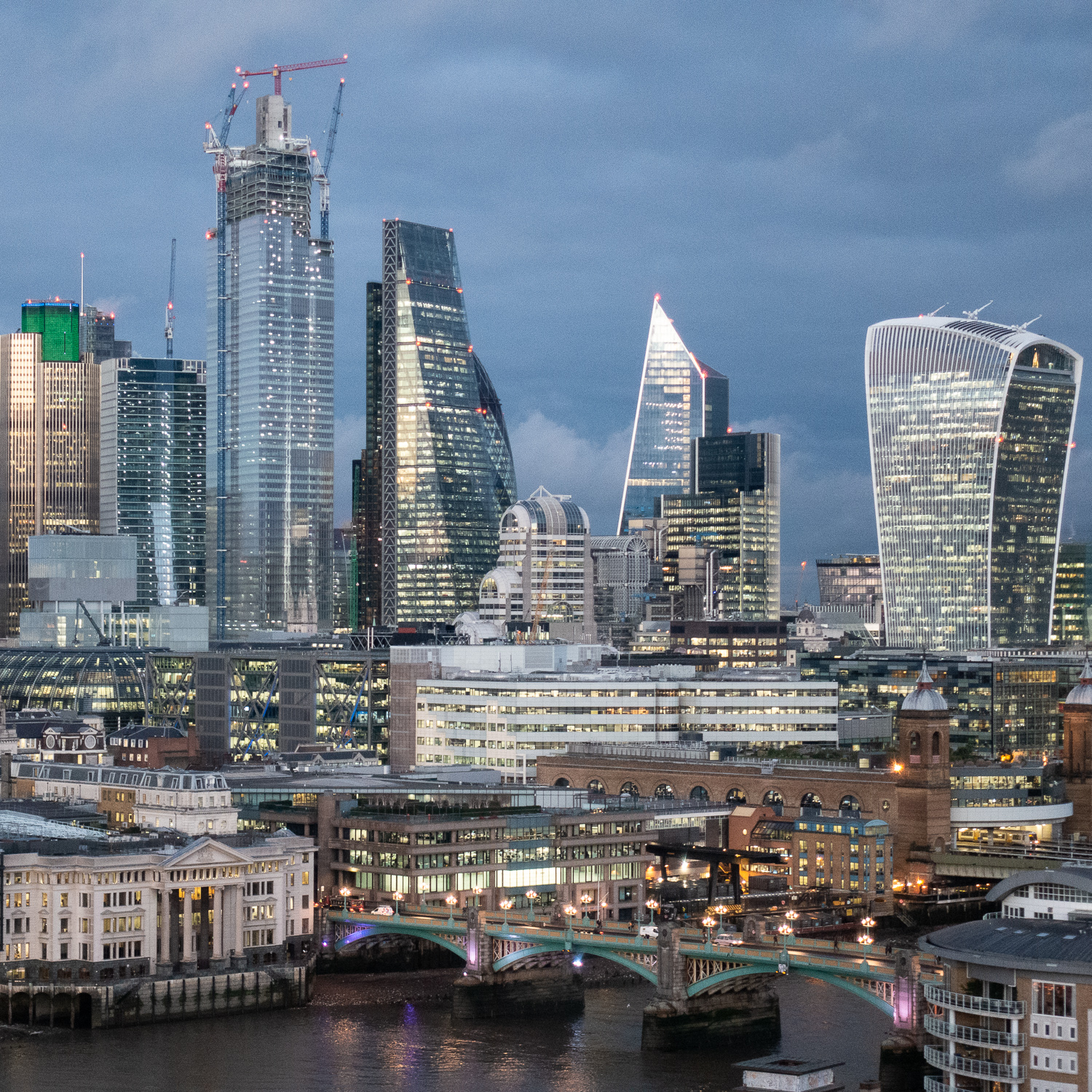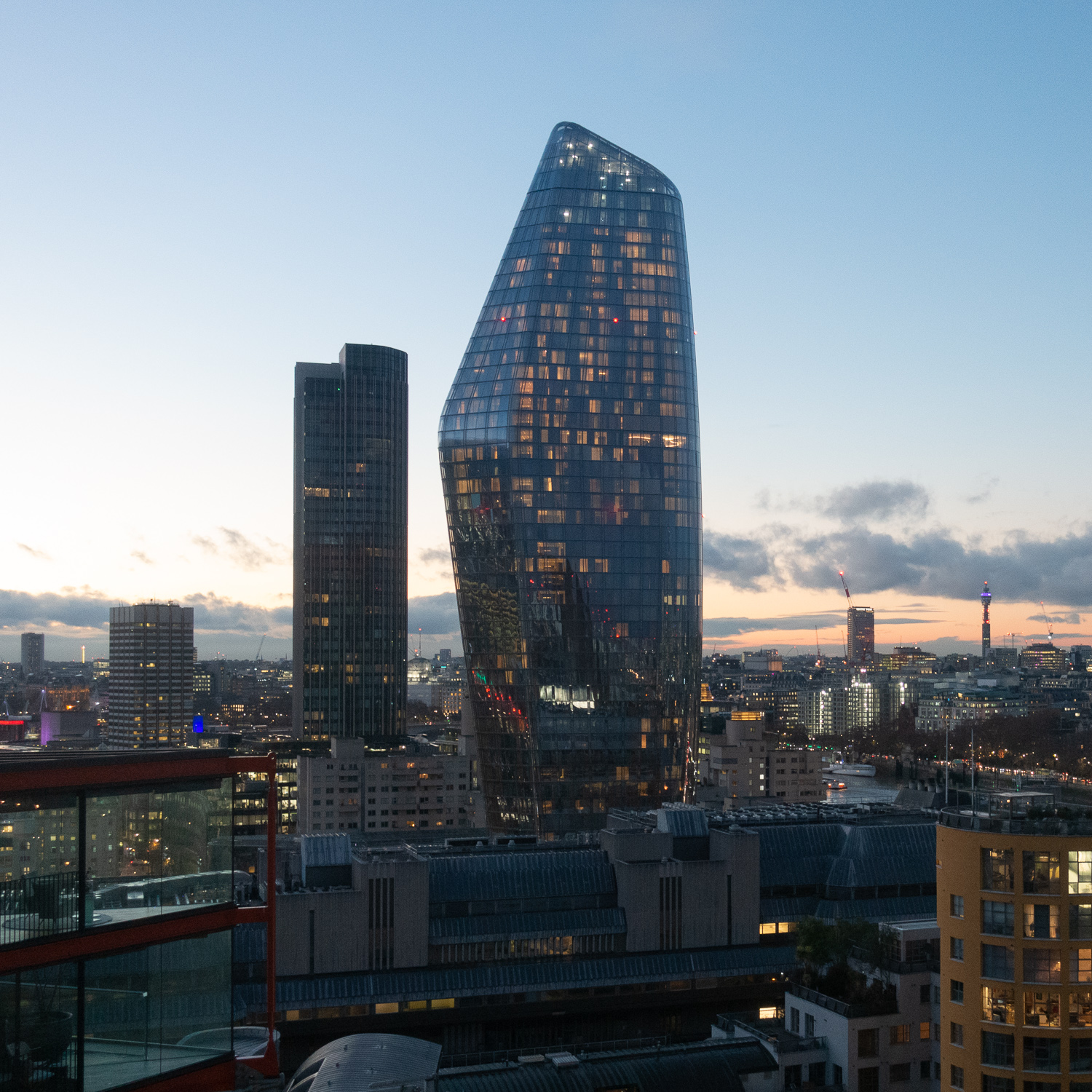From the outset, the purpose of my project has been to do more than document (and lament) the impact of regeneration and gentrification on residents. Work by photographers to date has tended to focus on the visible effects of change, but has done little to empower residents or reach a deeper understanding of what can be done to ensure that residents receive real benefits from the process (and can take appropriate action to ensure that they do benefit and are not displaced). In part this has to do with the lack of a conceptual base to the photographic work – as photographers we respond to what we see, but what we see is shaped by how we understand the contexts and lifeworlds we explore, which is in turn shaped by our own background and experiences.
In my initial exploration of housing estates and urban centres where change is taking place, it is clear that how residents organise themselves, where they meet and what they do (and links within and between different communities) is of vital importance for well-being and life chances. This forms a connection between the built environment on the one hand and the lifeworlds of residents on the other, through the activities of communities and the use made of public and private space. The idea of social infrastructure helps us to understand this relationship in a way that avoids individualisation (as notions of social and cultural capital might do) and emphasises activity in giving meaning to space and place (rather than prioritising, as developers will tend to do, the design of the space, abstracted from its use). In terms of the regeneration of estates, it is clear that in some cases residents have developed their own social infrastructure (re-purposing spaces for childcare, supplementary schooling, community events, worship and so on), often in the face of inadequate and decaying physical infrastructure, and lack of public services. Displacement of residents during and following regeneration at best threatens and at worst destroys this.
For my project, I need to develop a clearer understanding of social infrastructure in the contexts I’m exploring, and figure out how to investigate and represent this as a photographer, in and through the experiences of residents.
In Heatwave, Eric Klinenberg (2002) examined the effects of the 1995 Chicago heatwave on different communities. In particular, he wanted to understand why seemingly similar communities, in terms of socio-economic status, ethnicity, housing and employment rates and other factors, were differently effected, for instance, in terms of the number of people who died. A key factor appeared to be social infrastructure; having places to meet and engage in joint activities. In his most recent book, Palaces for the People: How To Build a More Equal and United Society, Klinenberg (2018) focuses specifically on social infrastructure, which he argues is
‘the missing piece of the puzzle, and building places where all kinds of people can gather is the best way to repair the fractured societies we live in today.’ (Kindle Locations 195-196)
and, further, that
‘social infrastructure plays a critical but underappreciated role in modern societies. It influences seemingly mundane but actually consequential patterns, from the way we move about our cities and suburbs to the opportunities we have to casually interact with strangers, friends, and neighbors. It is especially important for children, the elderly, and other people whose limited mobility or lack of autonomy binds them to the places where they live. But social infrastructure affects everyone. And while social infrastructure alone isn’t sufficient to unite polarized societies, protect vulnerable communities, or connect alienated individuals, we can’t address these challenges without it.’ (Kindle Locations 232-237)
Klinenberg’s work provides a strong rationale for a focus on social space. He goes on to define what counts, in his terms, as social infrastructure. It is worth quoting this at length here, as it begins to define a direction for the photographic gaze.
‘Public institutions, such as libraries, schools, playgrounds, parks, athletic fields, and swimming pools, are vital parts of the social infrastructure. So too are sidewalks, courtyards, community gardens, and other green spaces that invite people into the public realm. Community organizations, including churches and civic associations, act as social infrastructures when they have an established physical space where people can assemble, as do regularly scheduled markets for food, furniture, clothing, art, and other consumer goods. Commercial establishments can also be important parts of the social infrastructure, particularly when they operate as what the sociologist Ray Oldenburg called “third spaces,” places (like cafés, diners, barbershops, and bookstores) where people are welcome to congregate and linger regardless of what they’ve purchased.’ (Kindle Locations 268-277)
Clearly, there is a long photographic history of focusing on these kinds of spaces, and the activities that take place in them. For my project, opportunities to explore these spaces in relation to urban regeneration are already opening up (for instance, the complementary schools in Newham, and the community centres in Barking). Whilst making these spaces visible and celebrating the activities that take place there through image making is easy to envisage, photographically exploring the threat to these spaces/activities, and the lack in new housing developments, is a challenge. I am going to come back to Klinenberg’s work in more detail later in the CRJ, once I have done more work on photographic precedents, and developed my own approach further.
Klinenberg, E. (2018). Palaces for the People: How To Build a More Equal and United Society. New York: Random House. Kindle Edition.
Klinenberg, E. (2002). Heat Wave: A Social Autopsy of Disaster in Chicago. Chicago: University of Chicago Press.

